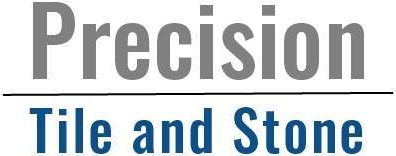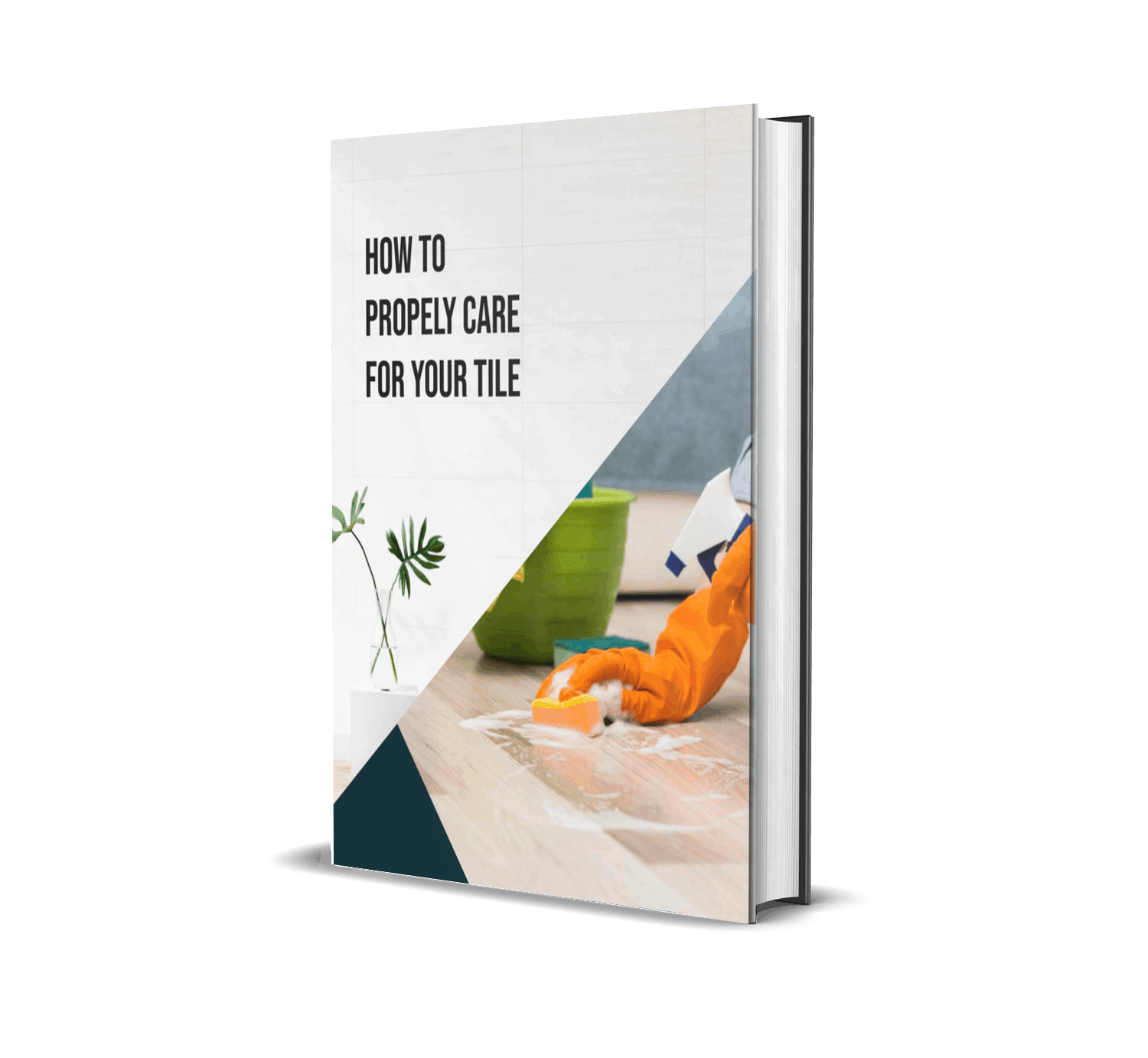Can you tile over drywall without running into problems? You’re not alone! Many homeowners and DIYers want to update their spaces with beautiful tile but aren’t sure if drywall can handle the weight and moisture exposure, or if can you put tile on drywall is a project that will hold up over time. The truth is, while tiling over drywall is possible, doing it incorrectly can lead to loose tiles, mold growth, and even wall damage. The good news? With the right preparation and materials, you can achieve a secure and long-lasting tile installation.
In this guide, we’ll break down when tiling over drywall works, when it doesn’t, and the best practices to get professional-quality results. Let’s get started!
Drywall as a Tile Substrate
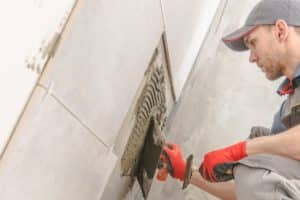
Drywall, also called gypsum board, is a common wall material because it’s affordable and easy to install. But its ability to hold tile depends on several factors, like its location and how much moisture it is exposed to.
Can You Tile Over Drywall? Pros and Cons to Consider
Pros of Tiling Over Drywall
- Cost-Effective: Drywall is cheaper and easier to work with compared to cement backer board. This makes it a budget-friendly option for DIY projects and quick home upgrades.
- Quick Installation: You don’t need to remove the existing drywall in dry areas. As long as the surface is clean and primed, you can start tiling right away.
- Lightweight Tiles Adhere Well: For small or medium-sized tiles, drywall can provide enough support. Ceramic and porcelain tiles under 12 inches typically bond well with the right adhesive.
Cons of Tiling Over Drywall
- Not Moisture-Resistant: Regular drywall absorbs water, which can weaken tile adhesion and lead to mold. Over time, excess moisture can cause drywall to swell and break down.
- Limited Load-Bearing Capacity: Large, heavy tiles may not hold well over drywall without additional reinforcement. This can lead to tiles pulling away from the wall or cracking.
- Risk of Tile Failure: If the drywall isn’t properly prepped, the tiles may loosen over time. Poor adhesion can also result from skipping primer or using the wrong type of adhesive.
When Is It Okay to Tile Over Drywall?
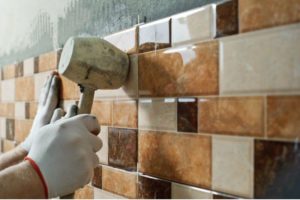
You can tile over drywall in certain situations, including:
- Dry Areas: If the wall is not exposed to a lot of moisture, such as a kitchen backsplash, laundry room, or accent wall, tiling over drywall is usually fine. In these spaces, proper ventilation and occasional cleaning can help maintain the integrity of the tiles.
- Clean and Prepped Surfaces: The drywall should be clean, free of grease or dust, and sealed with a high-quality primer over any exposed joint compound. A well-prepared surface ensures strong tile adhesion and prevents premature failure.
- Using Lightweight Tiles: Smaller ceramic or porcelain tiles (under 12 inches) are better suited for drywall surfaces. Heavier tiles may require additional support, such as cement backer board, to prevent them from pulling away over time.
When Should You Avoid Tiling Over Drywall?
There are times when tiling over drywall is not a good idea:
- Wet Areas: Showers, bathtub surrounds, and other high-moisture spaces are not suitable for tiling over regular drywall. Water can damage drywall and cause mold. Instead, use a moisture-resistant backer board, like cement board.
- Weak or Damaged Drywall: If the drywall is cracked, uneven, or not securely attached to the wall, it may not support the weight of the tiles.
- High-Humidity Rooms: In poorly ventilated bathrooms, even a backsplash near the sink may suffer from moisture exposure over time.
- Large, Heavy Tiles: Natural stone tiles or oversized ceramic tiles require stronger support than drywall can provide.
How to Prepare Drywall for Tile Installation
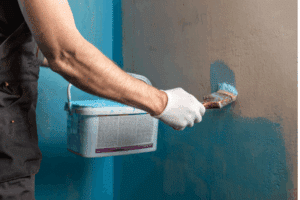
To get the best results, proper drywall preparation for tile is essential. Follow these steps:
- Clean the Surface: Remove dust, grease, or other debris that could affect the adhesive and weaken tile adhesion.
- Seal Exposed Joint Compound: Apply a primer designed for drywall and tile adhesion to prevent moisture absorption and create a better bonding surface.
- Check Wall Strength: Make sure the drywall is firmly attached to the studs and not damaged.
- Slightly Scuffed Painted Surfaces: If the drywall is painted with glossy paint, lightly sand it using fine-grit sandpaper to help the tiles stick better.
- Use the Right Adhesive: Tile adhesive for drywall, like mastic adhesive, is best for drywall in dry areas, while thin-set mortar is better for damp environments with some moisture exposure.
Common Mistakes to Avoid
Skipping the Primer
If you don’t seal the joint compound, the adhesive may not hold properly, leading to tile failure. Primer helps create a uniform surface, improving adhesion and durability.
Using the Wrong Adhesive
Some adhesives work better for drywall, while others are designed for cement board. Using the wrong type can result in weak bonding, causing tiles to loosen or fall over time.
Tiling Over Painted Walls Without Sanding
Glossy paint can prevent tiles from sticking properly. Light sanding removes the sheen and allows the adhesive to grip the surface better.
Ignoring Structural Issues
If the drywall is weak, cracked, or poorly secured, the tile installation will eventually fail. Always repair or reinforce damaged drywall before beginning the tiling process.
Using Heavy Tiles on Drywall
If tiles are too heavy, they can pull away from the wall over time. Consider using a cement backer board for large or natural stone tiles to ensure proper support.
Alternative Surfaces for Tiling
If drywall isn’t the best option, consider these alternatives:
- Cement Backer Board: This is a durable, moisture-resistant material for wet areas like bathrooms.
- Glass Mat Gypsum Panels: These panels (like DensShield) offer better moisture protection than standard drywall.
- Plywood with Waterproofing: In some cases, treated plywood can work as a tile substrate with a waterproofing membrane.
Conclusion
So, can you tile over drywall? Yes, but only in dry areas with a clean, stable surface. For wet spaces, use the right backer material to prevent damage and extend the life of your tile installation. By preparing your walls properly and using the right materials, you can achieve a beautiful and long-lasting result. Always assess your space, choose the correct adhesive, and follow best practices for a successful tile project. Proper preparation not only ensures durability but also saves time and effort in the long run. With the right approach, your tile installation can enhance your home’s aesthetics and functionality for years to come.
